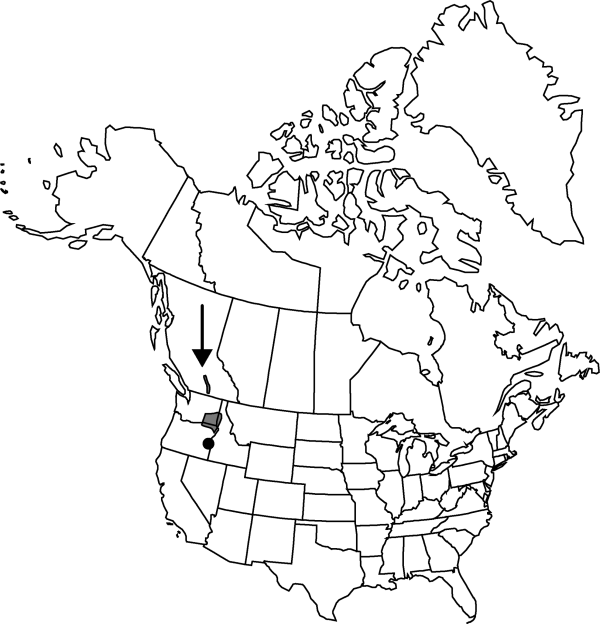Difference between revisions of "Opuntia ×columbiana"
Bull. Torrey Bot. Club 43: 523. 1916.
FNA>Volume Importer |
imported>Volume Importer |
||
| (2 intermediate revisions by 2 users not shown) | |||
| Line 49: | Line 49: | ||
|publication year=1916 | |publication year=1916 | ||
|special status= | |special status= | ||
| − | |source xml=https:// | + | |source xml=https://bitbucket.org/aafc-mbb/fna-data-curation/src/2e0870ddd59836b60bcf96646a41e87ea5a5943a/coarse_grained_fna_xml/V4/V4_282.xml |
|subfamily=Cactaceae subfam. Opuntioideae | |subfamily=Cactaceae subfam. Opuntioideae | ||
|genus=Opuntia | |genus=Opuntia | ||
Latest revision as of 21:57, 5 November 2020
Shrubs, low, forming mats, 10–30 cm. Stem segments easily detached to firmly attached, green, flattened, narrowly to broadly obovate, 3.5–9 × 2.5–5 cm, low tuberculate, glabrous; areoles 4–6(–7) per diagonal row across midstem segment, oval, 3.5 × 2.5 mm; wool white. Spines in most areoles, straight, acicular, terete; major spines 0–1 per areole, reflexed to porrect (rarely ascending), gray-white to brown, (15–)25–40(–60) mm; intermediate spines 0–3, reflexed, 12–20 mm; minor spines 2–4, reflexed, yellow-gray, 3–6 mm. Glochids loosely packed, in small tuft or crescent at adaxial margin of areole, yellowish, inconspicuous, to 4 mm. Flowers: inner tepals yellow throughout, 30–45 mm; filaments white to red; anthers yellow; style white; stigma lobes green. Fruits rarely set, top-shaped to barrel-shaped, 15–20 × 15 mm, glabrous; areoles 10–15, most bearing 3–12 spines or distal spines bearing 1–3 spines. Seeds tan, large, 5–7 mm; girdle protruding 1–1.5 mm. 2n = 66.
Phenology: Flowering summer (late Jun-early Jul).
Habitat: Dark basaltic cliffs and derived sands
Elevation: 100-800 m
Distribution

B.C., Idaho, Oreg., Wash.
Discussion
Selected References
None.